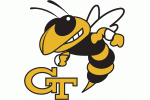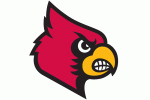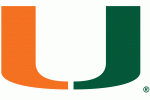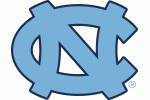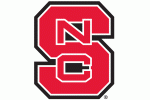If UNC continues to improve in these four areas, another ACC Championship appearance is attainable.
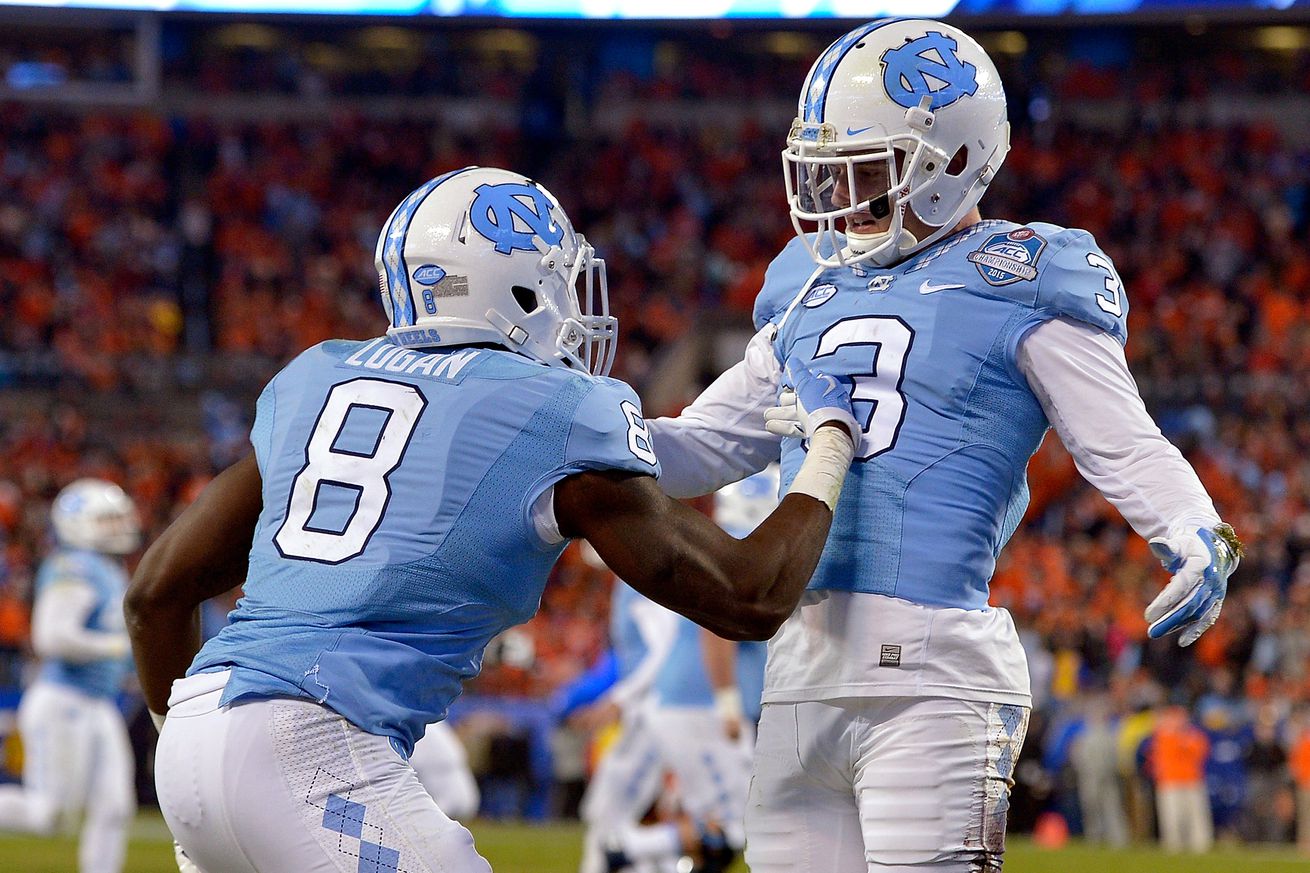
It’s game week. The University of Georgia and Nick Chubb are finally on the horizon. The 2016 season is days away, and Tar Heel fans are one major season-opening win against an SEC opponent away from talking themselves into a College Football Playoff berth.
To help feed that fire, I started looking at some stats from last year. I found four categories that I thought could hold some significance throughout the year. Obviously, there are plenty of stats that can help prove or disprove whether a team is legit or not. The four I “analyze” below (I use that term loosely), are areas I feel that if improved upon, can unlock another season of success similar to last year.
Sacks/Tackles for Loss
Last season Clemson was No. 2 in the nation with 48 sacks. Alabama was slightly better with 52. It’s no coincidence that the two teams that played for the NCAA title led the country in this category. Where was UNC? 81st in the country with 23 sacks on the year. That was impressive enough for 10th place in the ACC.
UNC wasn’t much better in recording tackles for loss either. With a total of 64 TFLs for the year, UNC registered 14th in the ACC. That actually landed them at 102nd in the nation. By comparison, Clemson finished first in the country with 126 TFLs.
When one considers those numbers, it seems like a miracle that UNC was even within an on-side kick of (maybe) taking Clemson to overtime last December. Clearly the pass rush and the ability to disrupt the running back behind the line of scrimmage has to improve for UNC to make the next step from Coastal champion/contender to CFP hopeful.
Turnover Margin
How did UNC manage to win so many games last season, despite being dismal along the D-line? They ranked 30th in the country in turnover margin. That is, the difference between the number of turnovers they forced compared to how many times they turned the ball over, was among the best in the country.
The defense secured the ball seven more times than the offense or special teams gave it away. 26 takeaways to 19 turnovers. While that’s not a huge difference, it was good for second in the conference. Right behind N.C. State. So, take that for what it’s worth.
If you compare turnovers in the wins and losses, you’ll have a starker contrast. In the three losses to USC, Clemson, and Baylor, the Tar Heels turned the ball over seven times, and only forced two turnovers for a TO margin of -5. In the 11 wins, UNC forced 24 turnovers and only gave it away 12 times. That’s a +12 differential with a ratio of 2:1.
Those totals may “regress to the mean” as some might say. If they do, UNC may not be able to cover up any deficiencies that pop up in the defense like they did last year.
Penalties
Last year saw a massive improvement in total penalties and yards from penalties compared to previous years. Additionally, it was the first season since 2011 that UNC was penalized less than it’s opponents. In fact, last year was the least penalized UNC football team that Larry Fedora has ever coached. See below.
2012: 90 penalties, 772 yards, 7.5 penalties per game, 64.3 ypg 2013: 96 penalties, 831 yards, 7.4 penalties per game, 63.9 ypg 2014: 99 penalties, 821 yards, 7.6 penalties per game, 63.2 ypg 2015: 80 penalties, 650 yards, 5.7 penalties per game, 46.7 ypg (34th in the nation)
Almost two less penalties per game than the disastrous 2014 season amounted to almost 20 less yards per game of free yardage to the opposition. Honestly, that’s even a little misleading. If you throw out the UVA game, where 13 penalties led to 135 lost yards, UNC’s improved disciplined is even more impressive. They did not have another game with double digit penalties, and 12 of their games resulted in six penalties or less.
I think there’s a strong case for causation and correlation with the above information. Less penalties usually means fewer offensive drives that are stalled, and a decrease in defensive drives that are prolonged. In essence, more UNC offense mixed with less UNC defense. I’ll take those odds any day. A veteran offensive line and a better overall defense could lead to another improvement this season.
Short Yardage Rushing
I touched on this last week in my offensive line preview. Football Outsiders uses a metric called the Power Success Metric. This is the percentage of runs on third or fourth down, with two yards or less to go, that resulted in a first down or a touchdown. UNC was 104th in the nation, only finding success 58.8% of the time. For a team that was borderline unstoppable on the ground last year, this is a pretty dark statistic.
They also “only” averaged 3.77 yards per carry in the red-zone. While that may seem pretty decent, it was well below the average over any other 20-yard segment of the field. That number was over 6.0 yards per carry. Heck, between the 40 yard lines, UNC averaged over seven YPC. However, when they needed a little extra push up front, the Heels struggled to find the yards.
I’ll reiterate what I stated in the o-line preview. This is more a product of play calling than personnel and talent. Too often UNC calls for a read-option inside the five, or a quick bubble screen. Formations involving four and five wide receivers are too common for a situation that requires some extra muscle.
The red zone presents a much smaller field, so there is less room for the defense to spread out. There is also less room for the wide receivers to maneuver and find open space. These two basic premises make it more difficult to find gaps in a zone blocking scheme as the defense pushes up on the line. It’s also hard to find time to allow receivers to get open - Mack Hollins can’t stretch the field with only 10 yards to run. So, the end result was a sub-100 national ranking in short yardage situations.
Maybe this was a result of using Marquise Williams as an extra runner. How Mitch Trubisky is going to be used remains to be seen. However, against bigger, tougher defensive lines this year, I have to think that this stat needs to improve.
In short
1) Create more sacks
2) Don’t turn the ball over more than you take it away
3) Get less penalties than your opponent
4) Don’t get cute in short yardage situations
There you have it. Four semi-random stats that help explain some of UNC’s success last season. Continued improvement in all four categories will have the Tar Heels competing for another ACC title.







